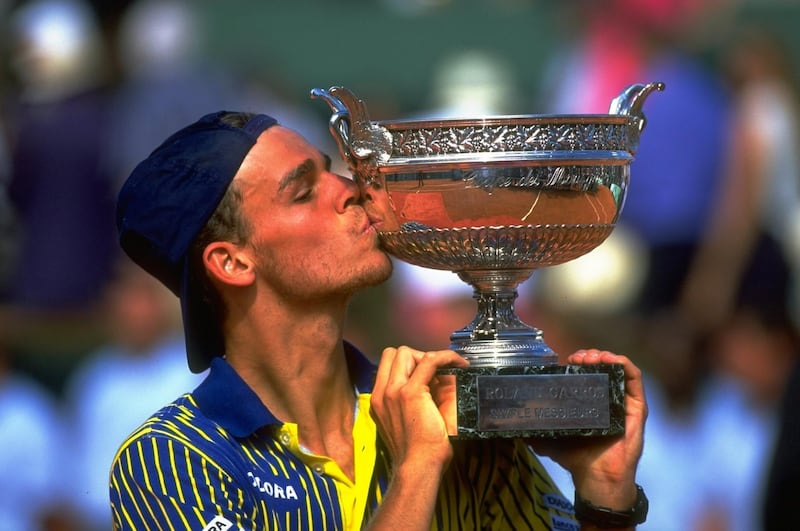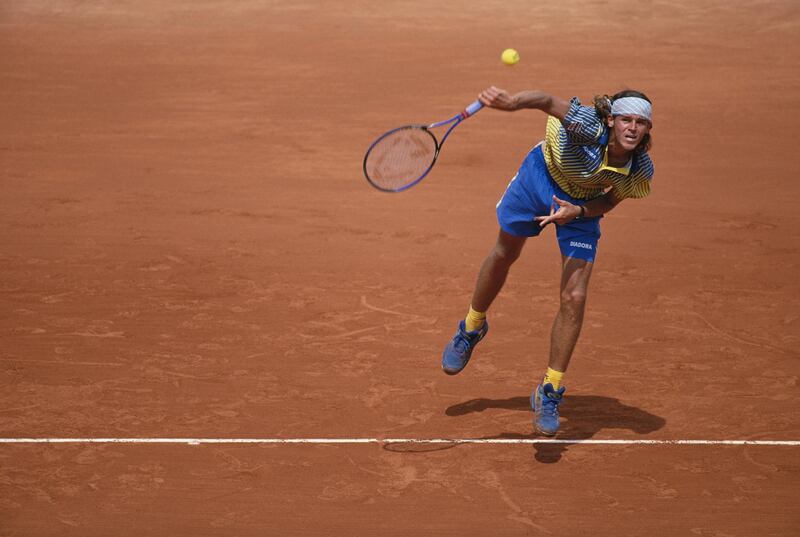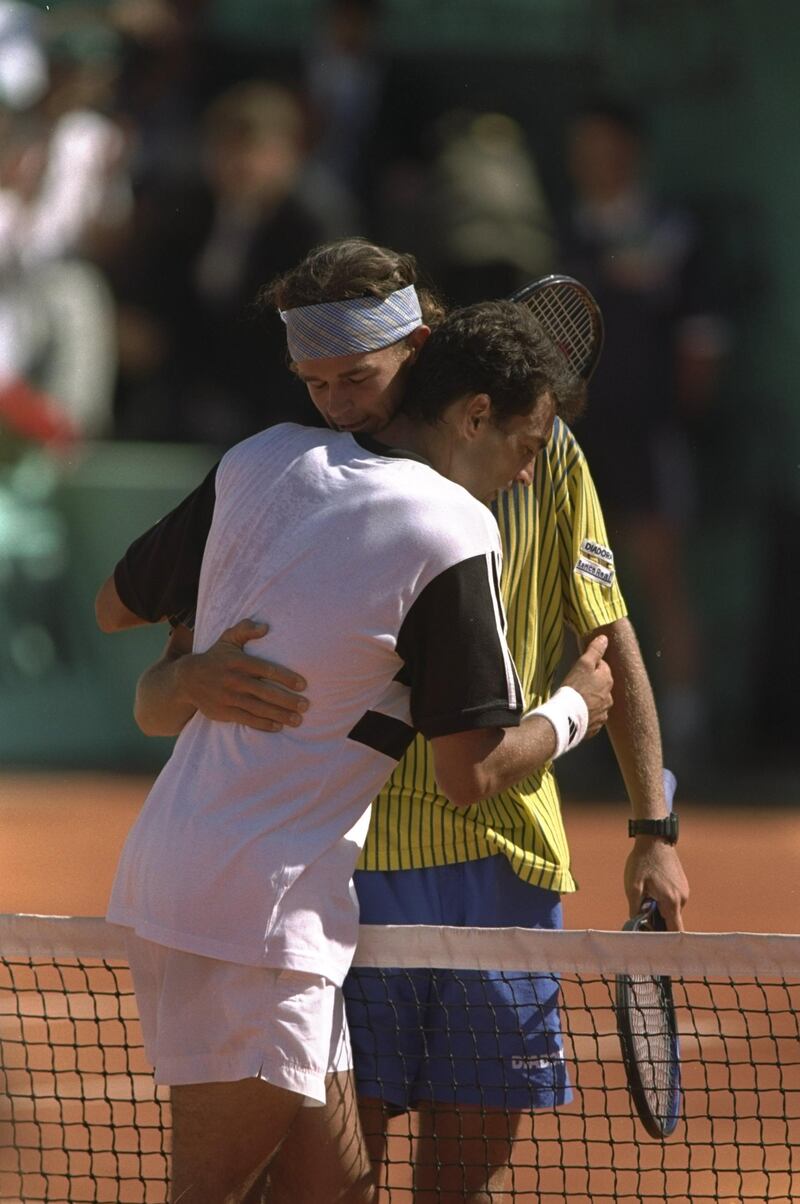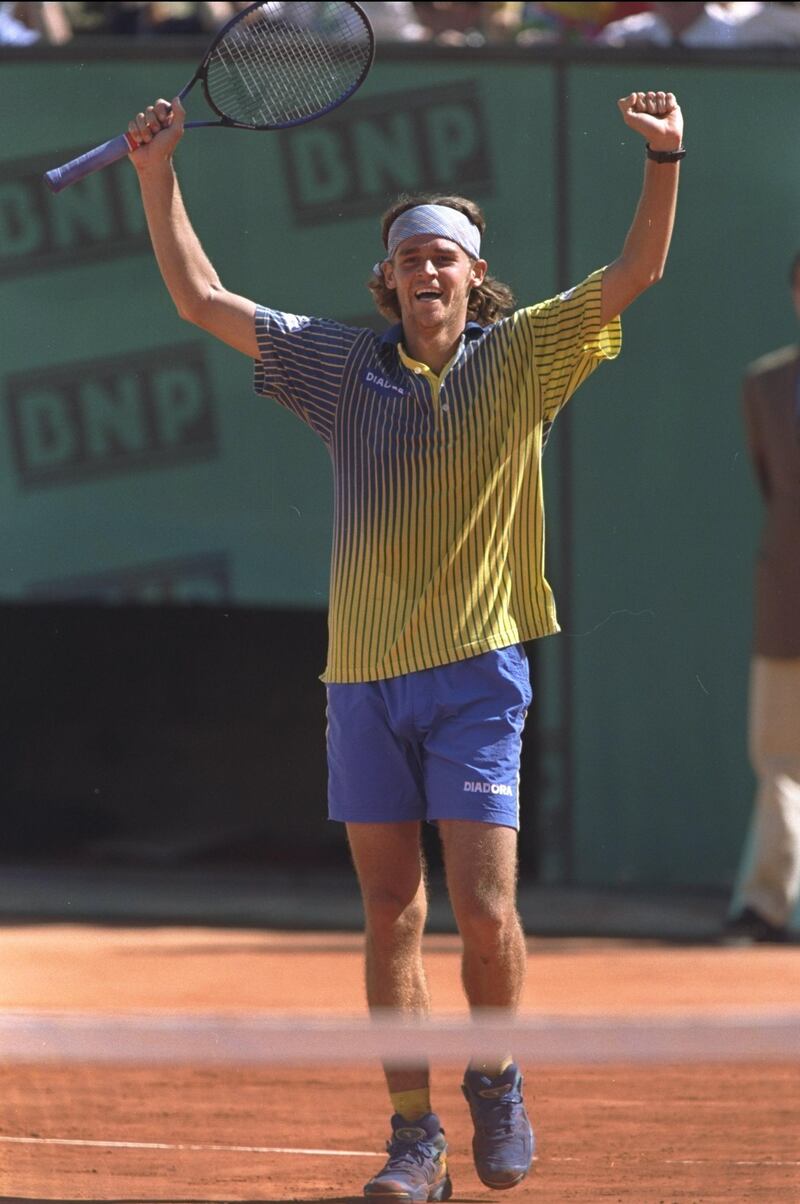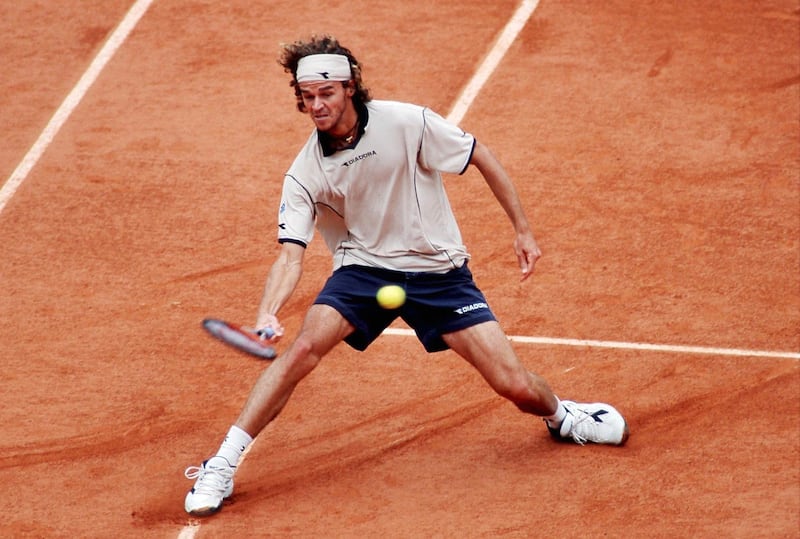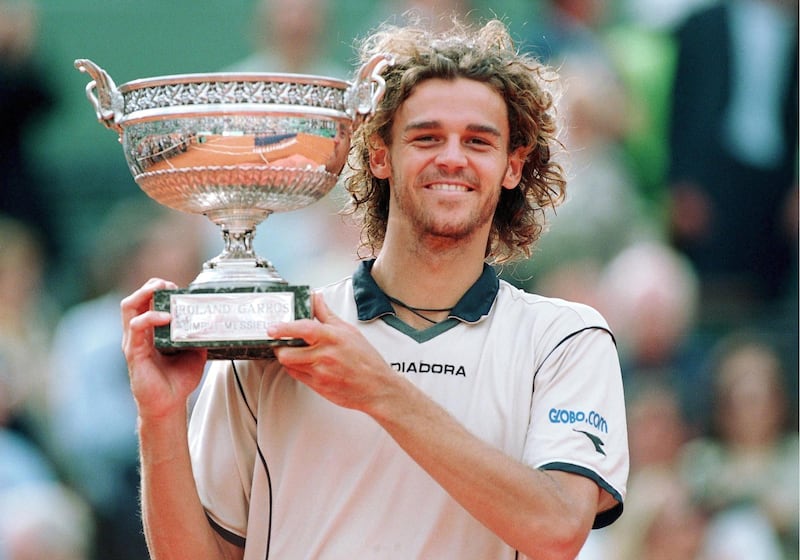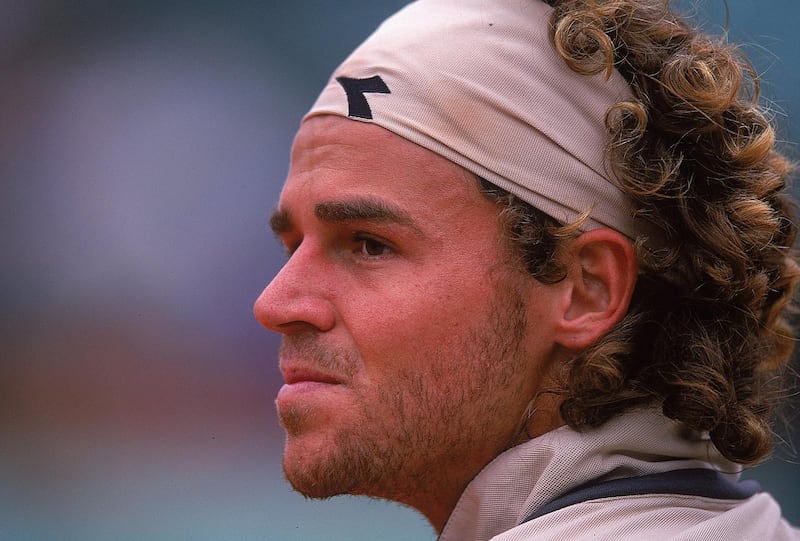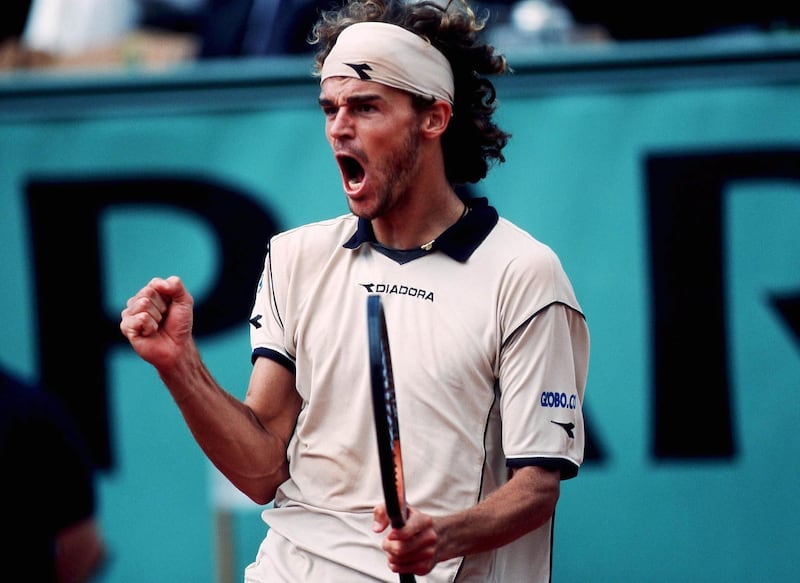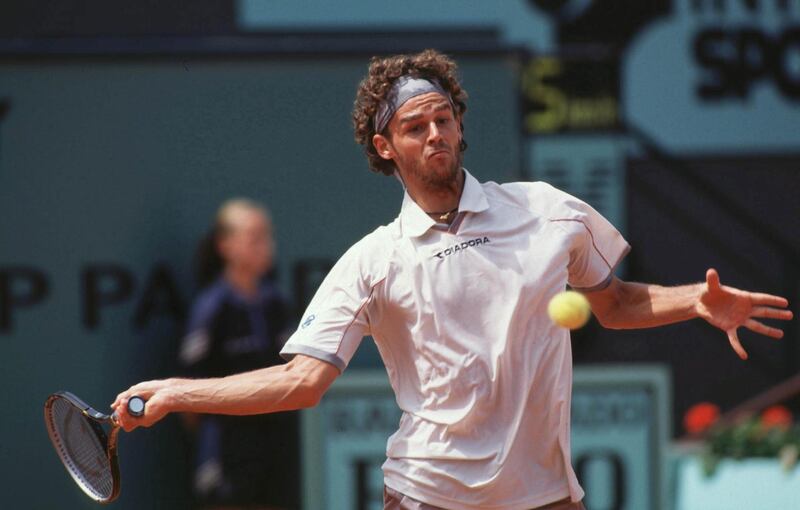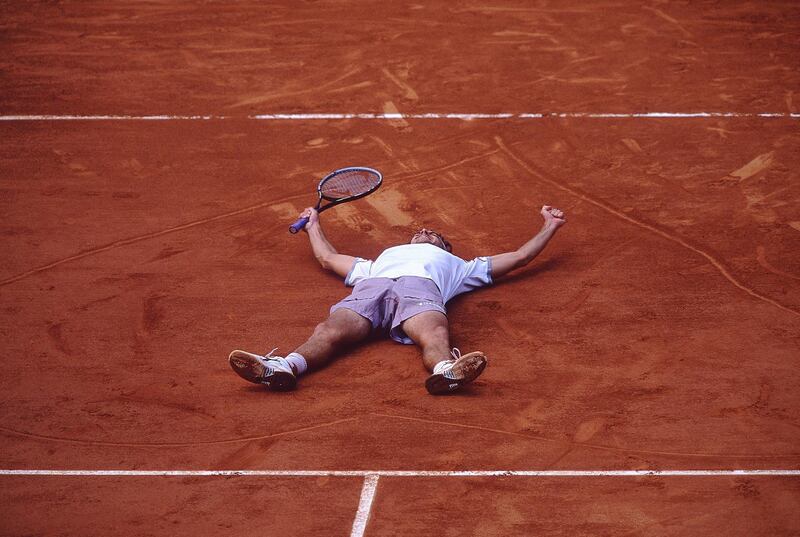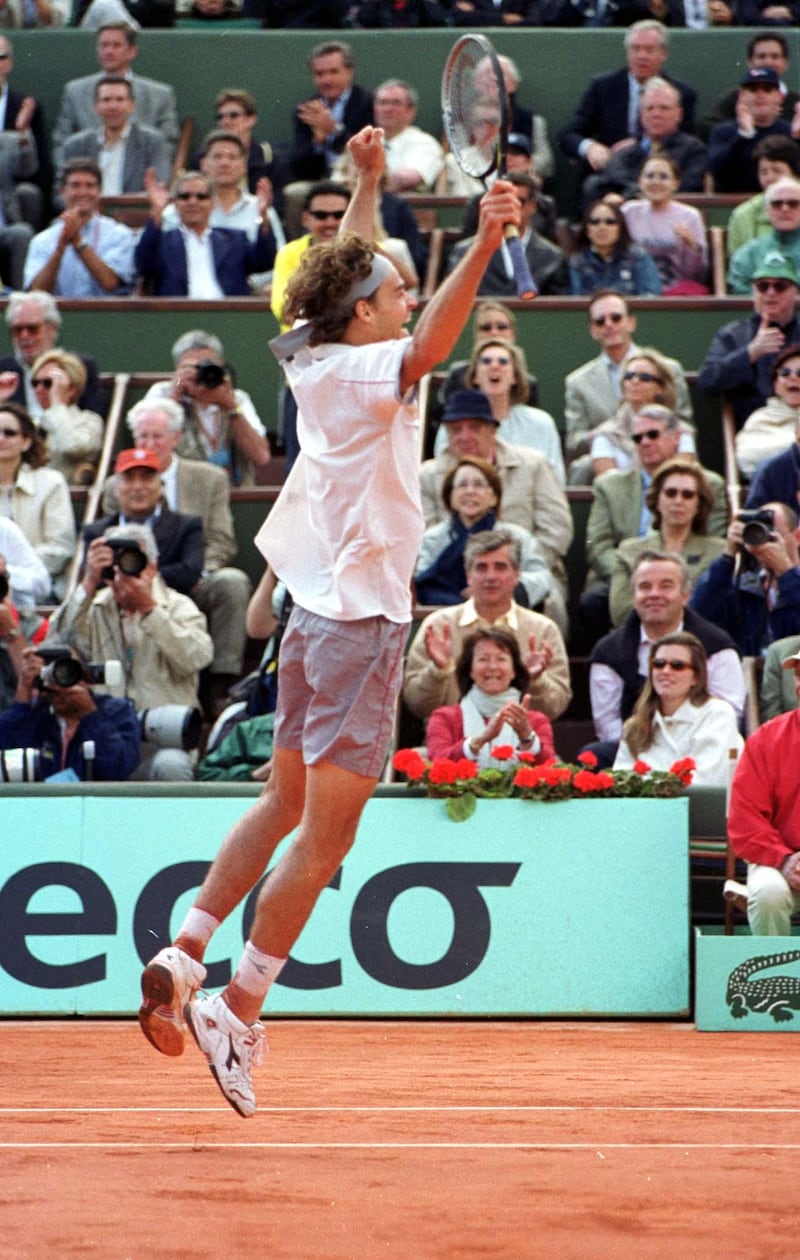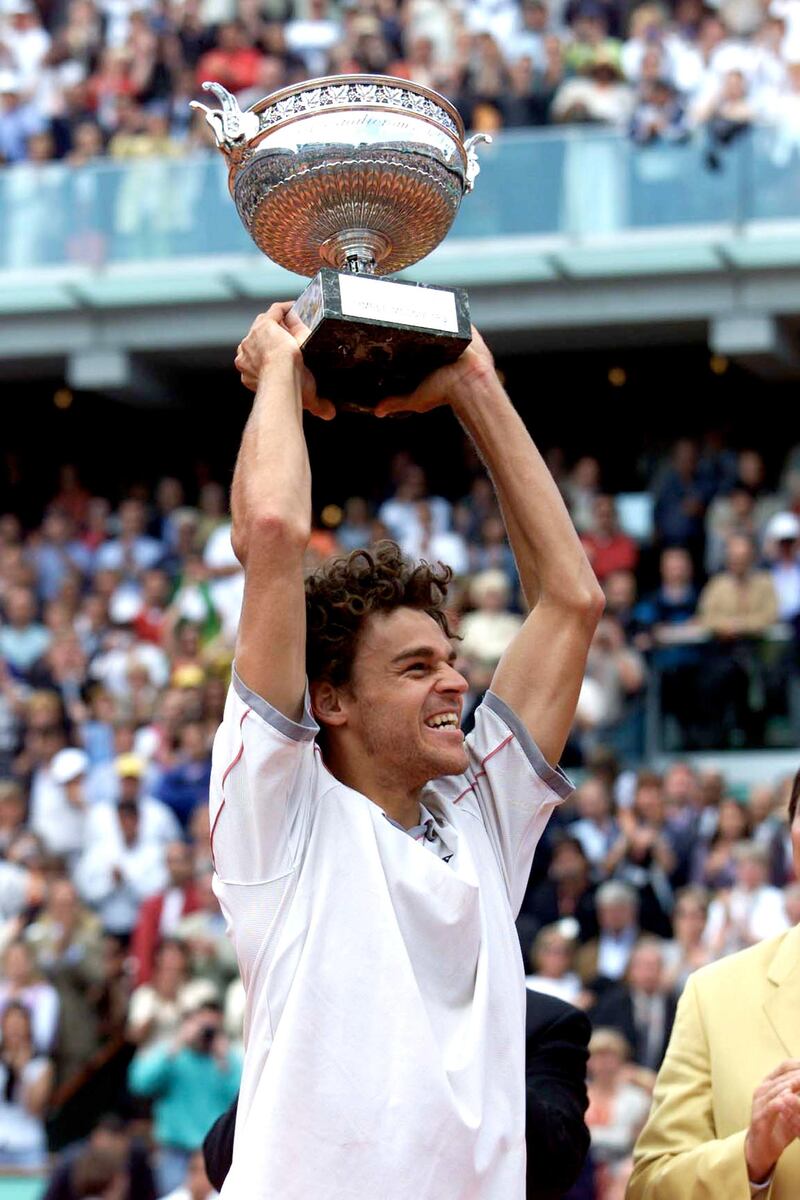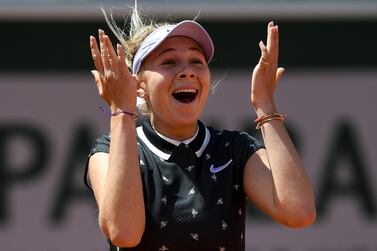It may feel like ancient history, but there was actually a time when the French Open wasn't dominated by one man.
Rafael Nadal has spent the past 15 years setting the sort of records that, realistically, will never be broken: 12 titles and a 93-2 win-loss record, so far, are not the sort of returns that are likely to be matched.
Nadal's French Open achievements - and indeed the major hauls of his fellow Big Three rivals Roger Federer and Novak Djokovic - have managed to leave past champions in the shade somewhat.
But in the years before the Spaniard muscled and top-spinned his way to Roland Garros greatness, a different kind of champion etched his name into the French Open history books.
While Nadal is all brooding intensity and fidgety routines, Gustavo Kuerten - with his curly shoulder-length hair, deceptively languid playing style that would not look out of place on Copacabana beach, and a smile that could light up the Paris skyline - was quite the opposite.
Yet, underneath the Brazilian's laidback persona was a fearless champion who quickly won the hearts of tennis fans, thanks in no small part to his quite unexpected triumph at the 1997 French Open.
In such ordinary form was the 20-year-old Kuerten leading up to Roland Garros that year, he wasn't even sure if he was going to participate.
"I'd play one great game and then the next I couldn't put a ball in the court," Kuerten said in a documentary feature for Roland Garros on his 1997 victory. "As the weeks went by, my confidence just evaporated."
In a last ditch effort the week before Paris, he returned to Brazil and played in a Challenger Series event - the level below the ATP Tour. He won the tournament and headed back to Europe with renewed optimism. "It gave me the drive, strength, and energy you need not just to compete but to be a great champion," he said.
What transpired over the subsequent two weeks in Paris would live long in the memory and cement Kuerten as one of the French Open's most beloved champions.
While most of the field went for the tucked-in white t-shirt and shorts look, perhaps with a navy blue trim for some variation, Kuerten was decked out head to toe in yellow and blue - from his rotation of colourful bandanas and dual-coloured Diodora T-shirt with white stripes, down to his yellow socks and blue trainers.
Kuerten not only came out on top in the fashion stakes but on the court, too, making his mark on the tournament with his attacking baseline play, chips and charges, gliding court coverage, and snappy, powerful first serve.
En route to the final, the world No 66, competing in just his third Grand Slam, took out two former winners - Thomas Muster and defending champion Yevgeny Kafelnikov - and a future finalist in Andriy Medvedev. He was pushed to five sets in all three matches in succession. The skinny kid from Brazil not only had style but steel, too.
Awaiting in the final was Sergi Bruguera, another former champion who had won Roland Garros back-to-back, in 1993 and 1994. If nerves were supposed to play a determining factor for a novice like Kuerten, someone forgot to tell him: he went out and decimated the Spaniard, cruising to a 6-3, 6-4, 6-2 victory.
In clinching the 1997 title, Kuerten tied the record for winning a Grand Slam title in the least amount of attempts; he is the only player to defeat the winners of the four previous French Opens in the same tournament; and is the third-lowest ranked player to win a major men's singles title. Kuerten is also the only player to win a Challenger event and a Grand Slam in consecutive weeks. Nadal did leave a few French Open records for others, after all.
Kuerten would be crowned the French Open champion twice more, in 2000 and 2001, but by that stage the Brazilian was one of the ATP Tour's leading players and was top seed for his hat-trick triumph.
Yet, even as Kuerten evolved and matured as a player, the same loveable traits endured throughout his career: the same ear-to-ear smile, the same bushy hair, the same breezy and entertaining playing style - even if the clothes became less garish.
While unquestionably a clay court specialist, Kuerten achieved a degree of success elsewhere, winning the Cincinnati Masters and Tour Finals and reaching the quarter-finals of Wimbledon and the US Open. A winner of 20 titles, 14 came on clay and six on hard courts.
Injuries would eventually take their toll on Kuerten, in particular a troublesome hip, and he decided to hang up his racket after one more outing at his most successful tournament, in 2008. Wearing his famous yellow and blue from 1997, Kuerten's final match was a first round defeat to Paul-Henri Mathieu. The 6-3, 6-4, 6-2 outcome, coincidentally, was the exact result of his title win over Bruguera 11 years earlier.
As well as winning a legion of fans for his tennis exploits, Kuerten was also extremely popular off the court. Part of a tight-knit family, his father died of a heart attack when he was a young boy, which brought Kuerten and his brothers and mother even closer. His youngest brother, Guilherme, had cerebral palsy and Kuerten would generously donate his prize money to causes for people with similar disabilities. He also gave Guilherme all of his trophies as souvenirs.
He was even popular with the press, three times winning the Prix Orange Roland Garros Award for sportsmanship, awarded by tennis journalists, and was given the ATP Arthur Ashe Humanitarian of the Year Award in 2003.
Unsurprisingly, Kuerten was inducted into the Tennis Hall of Fame in 2012.
So, while the French Open will likely never have another champion like Rafael Nadal, likewise there will never be another Gustavo Kuerten.
